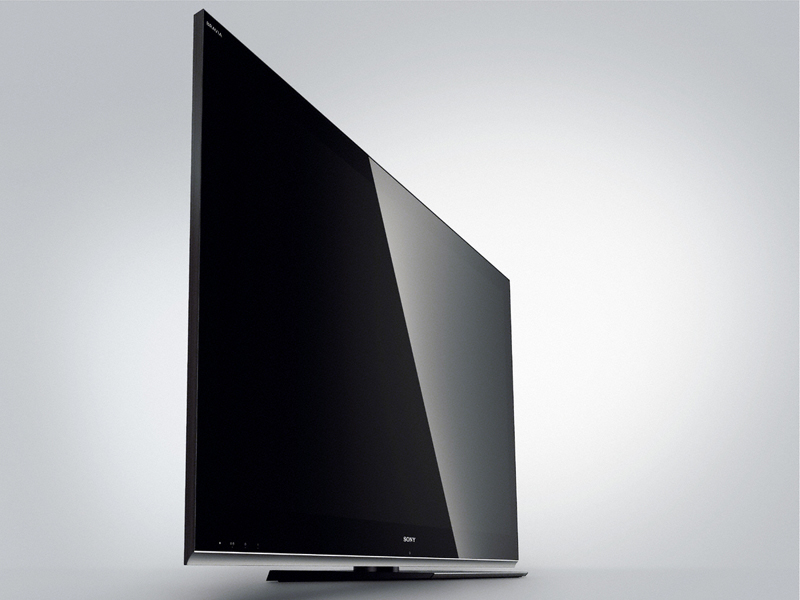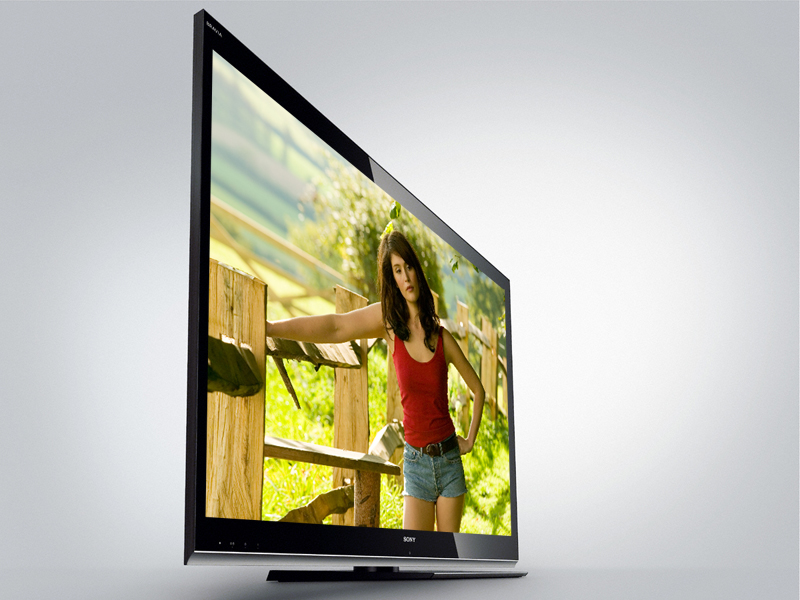Why you can trust TechRadar

Let's start off with 3D, as it's the most obvious selling point of the set (putting aside for one moment its sheer scale). With a Blu-ray copy of Cloudy with a Chance of Meatballs, there's a palpable sense of of depth. The variety of 3D Blu-ray material available is rather limited at present; indeed, the aforementioned disc was produced by a Sony subsidiary. It remains to be seen how the 60LX903 will cope with eagerly-anticipated 3D movies such as Avatar.
However, the 3D picture is accompanied by a mild flicker that can be distracting. Some ghosting, the subjective residue of crosstalk, is also apparent. The 3D glasses supplied with the set are not completely translucent, and block some of the light.
A positive side-effect of this is the improvement of black level at the expense of overall brightness. Even without the glasses - i.e. the normal 2D viewing that will account for most of the 60LX903's time – black-level performance is respectable. We've seen deeper, but what this Sony serves up will accommodate the vast majority of subject matter. Greyscale range is expansive, with no unwanted crushing or hiding of shadow detail.
Colour fidelity and range are also good, the extended variety of hues and shades available from Blu-ray being naturally-conveyed with no trace of oversaturation.
However, that's not to say the 60LX903 can't introduce artificiality. We recommend experimenting with the MotionFlow settings. If you've set it too high (the Smooth preset, for example) the result can give movies, especially 24p Blu-rays, an excessive fluidity that's detached from reality. The Standard setting is less intrusive, but some might want to disengage the feature altogether.
Picture details are resolved with no problem and it's easy to tell a HD broadcast apart from a Blu-ray. Part of this is down to the technical differences between the two - UK HDTV has a lower horizontal-resolution and higher compression than the average Blu-ray movie.
However, HDTV's shortcomings relative to Blu-ray are merely amplified on a screen of this magnitude; artefacts like feathering are more apparent, and there's not quite as much detail. It's even worse when you switch to standard definition.
The 60LX903 ruthlessly exposes the shortcomings of current Freeview transmissions, and unless you're sitting well back from the screen the result – awash with the digital nasties that are the inevitable result of trying to squeeze too much onto the airwaves – can be quite unpleasant to watch. Why can't Sony's magical processing deal with this? Standard definition is, after all, going to be with us for some years to come.
Current page: Sony Bravia KDL-60LX903: Picture
Prev Page Sony Bravia KDL-60LX903: Ease of use Next Page Sony Bravia KDL-60LX903: Sound and value